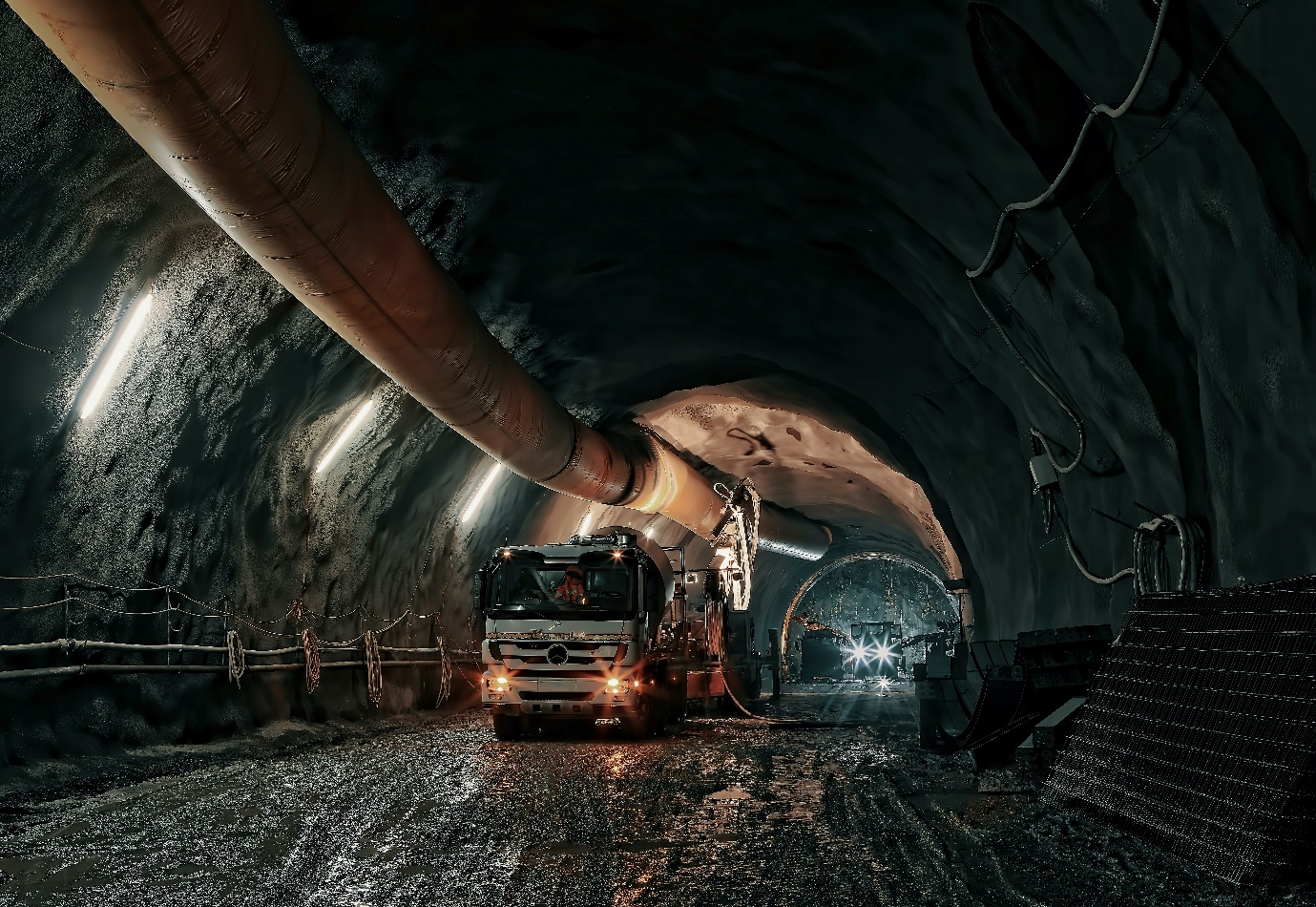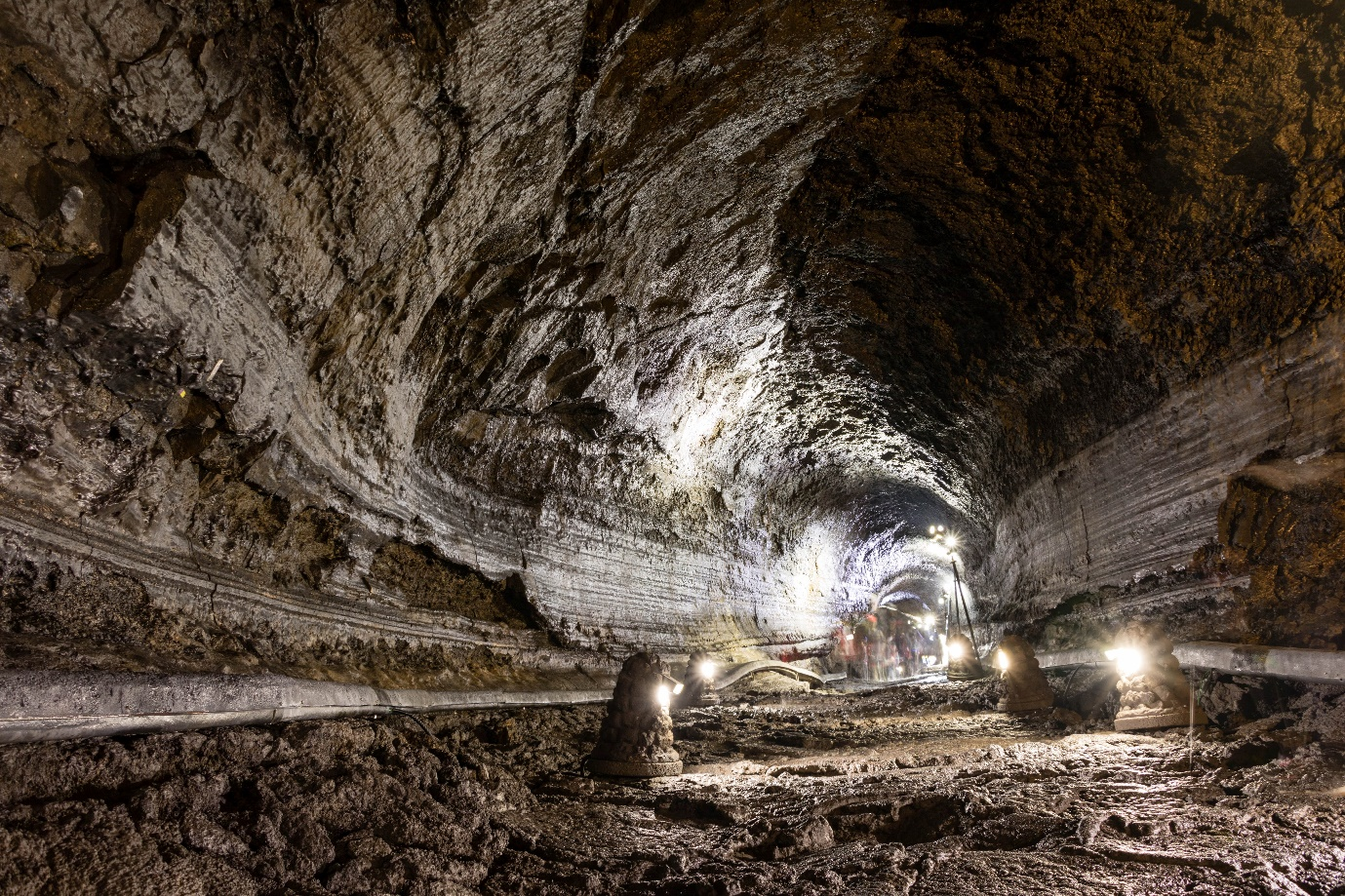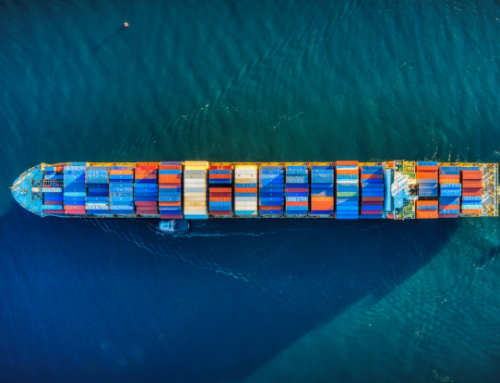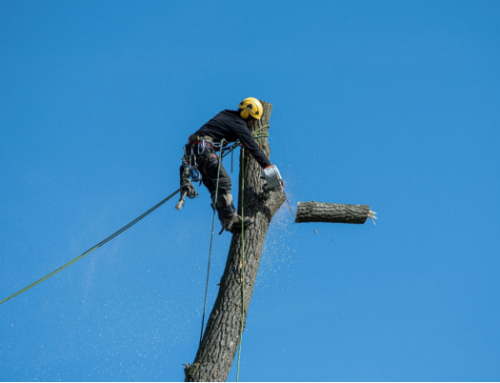From digging and drilling deep underground to hazardous conditions on the surface, mining poses many risks to those working in it. Unfortunately, these risks are all too real, as there are still many accidents and fatalities in the industry every year.
That’s why it’s important to take safety seriously regarding mining operations. This blog post will look at how miners can implement safe mining practices and reduce the risk of accidents in their workplaces.
Get Professional Training
Getting professional training from a reputable source for safe mining practices is one of the best ways to stay safe while working in the mining industry.
There are many different types of mining, and each has its own set of hazards. For example, underground mining can be very dangerous due to cave-ins and exposure to toxic gases.
Surface mining can also be hazardous due to heavy machinery and exposure to the elements. No matter what mining you do, getting proper training before starting work is important.
There are several ways to get professional mining training.
One option is to take courses offered by your employer. Many mining companies offer safety training for new employees.
Another option is to take courses offered by trade schools or community colleges. These programs typically last a few weeks or months and cover mine safety, first aid, and hazardous materials handling.
Whatever route you choose, ensure you get quality instruction from experienced professionals. With the right training, you can help keep yourself and your coworkers safe while on the job.
Maintain a Culture of Safety
There are a few things that can be done to promote a culture of safety in the mining industry:
- Educate miners on the risks involved in their job and the importance of following safety procedures.
- Ensure all miners have the necessary safety equipment and training.
- Inspect mines regularly to ensure that they are safe for workers.
- Investigate all accidents that occur and take steps to prevent future accidents from happening.
Wear Personal Protective Gear
When working in a mine, it is important to wear personal protective gear to ensure safe mining practices. This includes a hard hat, safety glasses, gloves, earplugs or muffs, and a respirator if needed. Wearing the right gear will help protect you from injuries and illnesses that can occur in mines.
Hard hats must be worn in all mine areas with potential falling objects. Hard hats must be properly fitted and always fastened. Safety glasses or goggles must be worn when there is a potential for flying particles or chemicals.
Gloves should be worn when there is a potential for skin contact with harmful substances. Earplugs or muffs are typically worn to protect against loud noises in many mining operations. And finally, respirators may be necessary when working in areas with poor air quality.
Continuous Training
Mining is a high-risk occupation; accidents can happen quickly and without warning. To help prevent accidents, miners must be properly trained in safety procedures with the help of Metro Safety Training. Continuous training is essential to keeping miners safe.
When it comes to safe mining practices, there is no such thing as too much training. Miners must be constantly reminded of their potential hazards and how to avoid them. Safety drills and refresher courses should be a regular part of life for every miner.
In addition to formal training, miners must stay up-to-date on safety changes and advances. New technology can help make mining safer, but only if miners are taught how to use it properly. Regular communication from management about safety concerns and updates is crucial.
By investing in continuous training, mining companies can help keep their workers safe and reduce the risk of accidents. A safe workplace is a productive one, so it’s in everyone’s best interest to ensure miners have the knowledge and skills they need to stay safe on the job.
Improve Visibility
Many mining accidents are caused by poor visibility. Dust, smoke and other particles can obscure vision and make it difficult to see hazards. Safe mining practices include improving visibility; miners can:
- Wear proper respiratory protection, such as a dust mask or respirator.
- Use fans or other ventilation to disperse dust and smoke.
- Install better lighting at work sites.
- Regularly clean work areas to reduce the accumulation of dust and debris.
Learn and Improve Your Experience
There are several ways to stay safe while working in the mines, but it starts with understanding the risks involved. Here are some common sense safe mining practices that can help reduce accidents:
- Be aware of your surroundings and take note of potential hazards.
- Follow all safety procedures and protocols.
- Use proper personal protective equipment (PPE).
- Inspect your equipment regularly and report any defects.
- Don’t take shortcuts or take unnecessary risks.
- Stay alert and rested – fatigue can lead to accidents.
Supervise Your Team
In any work environment, it’s important to supervise your team and ensure that they are following safe practices. This is especially true in the mining industry, as many potential hazards are present. By keeping a close eye on your team and ensuring that they follow safety protocols, you can help reduce the risk of accidents.
Some specific things for safe mining practices to keep an eye out for include:
- Making sure that workers are wearing the proper personal protective equipment.
- Checking that machinery is being used properly and safely.
- Inspect work areas for potential hazards.
- Investigating any incidents or near-misses.
Paying attention to these details can help create a safer work environment for everyone involved.
Conclusion
Implementing these safe mining practices, such as wearing proper protective gear, properly training workers through Metro Safety Training on how to use equipment safely, regularly examining machinery for signs of wear and tear, and ensuring that any hazardous areas have been marked out are all important steps in protecting miners from harm.
By taking these steps and following safe mining practices, we can help reduce the number of mining-related injuries and fatalities.







